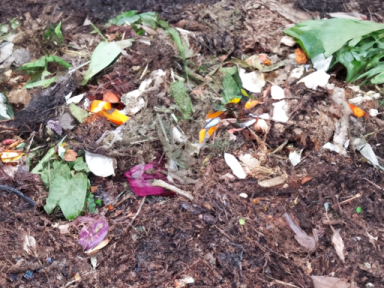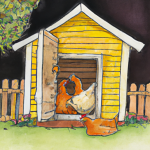
Advanced Composting Techniques
Creating Nutrient-Rich Compost from Household Waste
With an uncertain future ahead, it is imperative to take steps towards self-reliance and sustainable living. One critical aspect of this is developing advanced composting techniques to turn household waste into nutrient-rich compost. By doing so, you not only reduce waste but also improve soil fertility, ensuring you can grow your own food even in the direst circumstances.
1. Know Your Waste
No matter the disaster or crisis that may be looming, household waste will always be available. To create high-quality compost, you need to understand the different types of waste and how they contribute to the composting process:
- Green Waste: This includes vegetable scraps, coffee grounds, tea leaves, and grass clippings. Rich in nitrogen, green waste helps speed up decomposition.
- Brown Waste: Dry leaves, twigs, shredded paper, and cardboard make up brown waste. These materials are high in carbon and provide structure to your compost pile.
- Animal Products: While not suitable for traditional composting, in times of crisis, utilizing meat, bones, and eggshells can be an effective way to minimize waste.
2. Master the Art of Layering
Layering your compost pile correctly maximizes its decomposition potential and minimizes odor and pest problems. Follow these steps:
- Begin with a layer of brown waste to provide aeration and drainage.
- Add a layer of green waste to introduce nitrogen and moisture.
- Continue alternating brown and green layers, ensuring you maintain a balance.
- Finish with a layer of brown waste to cover the pile and prevent the escape of odors.
3. Turn and Monitor Your Pile
Regularly turning your compost pile is essential to ensure proper oxygen flow and decomposition. To accomplish this:
- Use a pitchfork or compost aerator to mix the materials every few weeks.
- Monitor the moisture levels and add water if necessary. A properly moistened compost pile should feel like a wrung-out sponge.
- Keep an eye on the temperature. The interior of the compost pile should ideally reach 135-160°F (57-71°C), killing off pathogens and weed seeds.
4. Harness the Power of Vermiculture
Vermiculture, or worm composting, is an excellent technique to enhance decomposition and produce nutrient-rich castings. Follow these steps to incorporate worms into your composting system:
- Set up a worm bin with proper bedding, such as shredded paper or coconut coir.
- Add worms to the bin, ideally red wigglers or composting worms.
- Begin feeding the worms small amounts of kitchen scraps, ensuring you bury the waste beneath the bedding.
- Harvest the worm castings and use them to enrich your garden soil.
5. Utilize Compost Tea
Compost tea acts as a potent natural fertilizer and disease suppressant. To make your own:
-
- Place a mesh bag filled with finished compost into a bucket of water.



GIPHY App Key not set. Please check settings